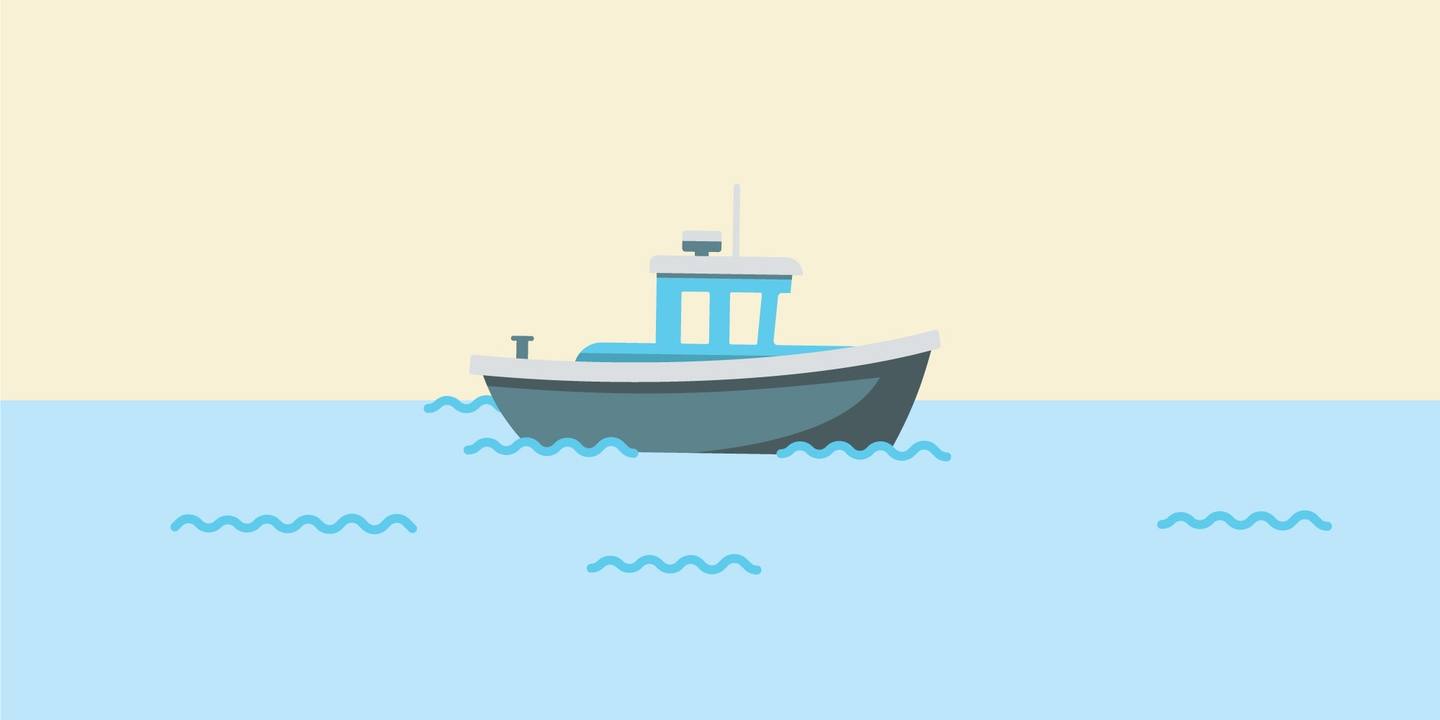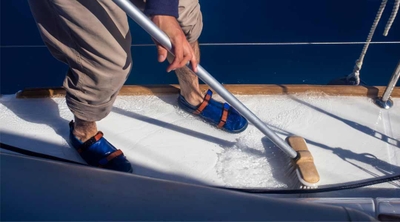What to do if you are stranded on a boat
2 min read
No matter how much maintenance and attention you give your boat, you may inevitably find yourself in a challenging situation if you become stranded at sea. Mechanical failures sometimes happen. The important thing is to prepare yourself to do whatever is necessary to get your boat moving again if you become stranded on a boat.
Steps to take if you are stranded at sea
1. Remain calm
It can be difficult to remain calm in rough conditions, but it’s essential. Focus on tasks that solve problems. If you are stranded on a boat, the first step should be getting life jackets on every crew member, especially for kids. After that, get everyone situated in a safe position. The passengers should be sitting on the bow deck or on a bench seat where they are out of harm’s way.
2. Stop your drift
The second step when stranded at sea is to stop your drift by deploying your anchor. Not only will you keep from running aground, but you’ll also maintain a fixed position. If you change fishing and boating locations, be sure you’ve got an appropriate style of anchor that grabs in the bottom terrain. Use fluke anchors for soft sand, grapnel styles in rocks and stones, and mushrooms for weedy, muddy bottoms. According to BoatSetter, anchor line length should be at least ten meters or five times the water’s depth.
3. Make sure passengers are comfortable
Hypothermia and dehydration are common physical issues for stranded boaters regardless of the duration. You may encounter many different weather patterns on the water, so pack gear appropriate to any condition that might arise. Also, ensure that you have all the boat safety equipment that the U.S. Coast Guard and your state requires on board. Fill a waterproof bag with reflective blankets, rain gear, wool clothing, gloves, and hats. Include a supply of dried, high-protein food like trail mix, power bars, and granola bars along with lots of water in the cooler.
4. Determine if you can fix the issue or need help
With properly maintained boats and motors, most on-the-water problems involve fuel, electric, or high-engine temperatures. Look to see if the issue is simple. For instance, a cracked fuel line hose inhibits gas from getting to the engine. You can patch it with a strip of tape. Common electrical issues include unsecured battery terminals and overheated outboards when weeds clog the water intake on the lower unit. Fix them if you can, and if you can’t, get help.
5. Get help
Help can come from various resources. Call the harbormaster (channels 9 and 16), and they can refer to your float plan to determine the next course of action. Sometimes they’ll dispatch a boat, while in other situations they’ll contact the U.S. Coast Guard. You can also flag down boaters passing by for a tow when you are stranded in the ocean. Most have been in a similar situation and are willing to offer help. If you’re on the water a lot, you might invest in a year’s subscription to a marine assistance service company. Sea Tow is a good option, and there may be local options, too.
Educating yourself on how to drive a boat safely may help you if you plan to include boating in your lifestyle. If you live in a state that requires you to get a boating license, taking a boat safety course can provide information that will be helpful when you take the test.






